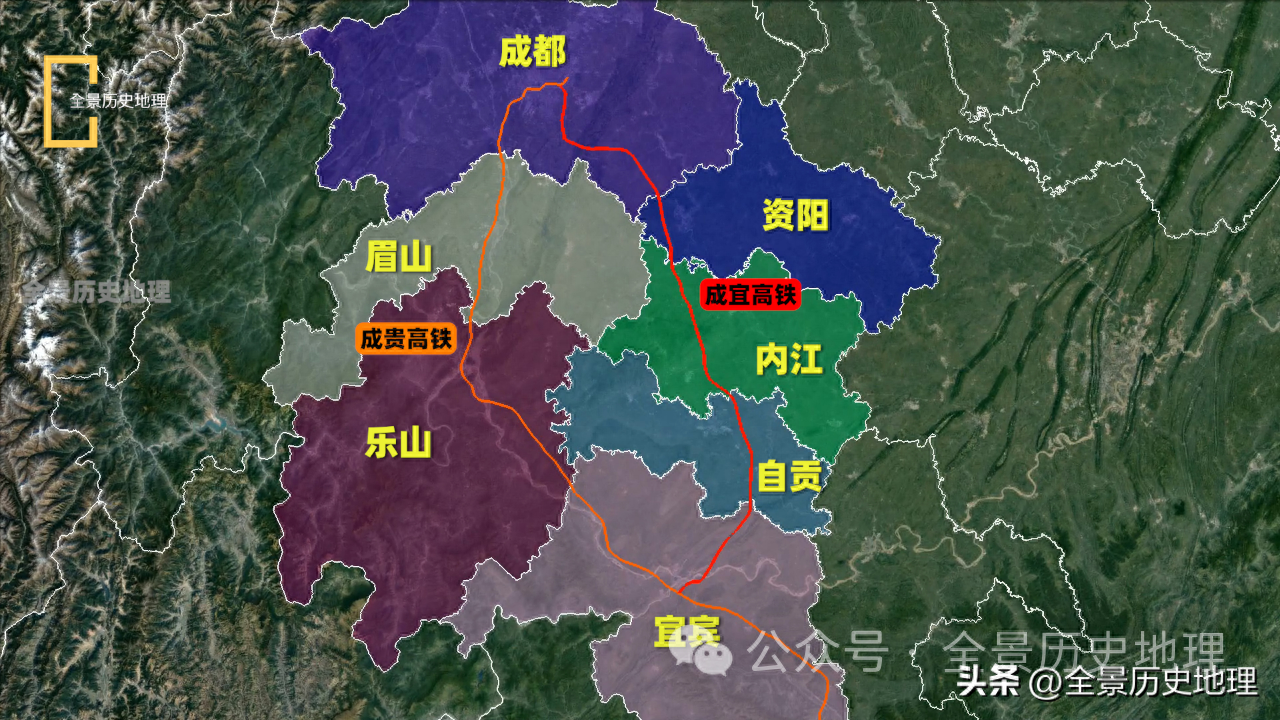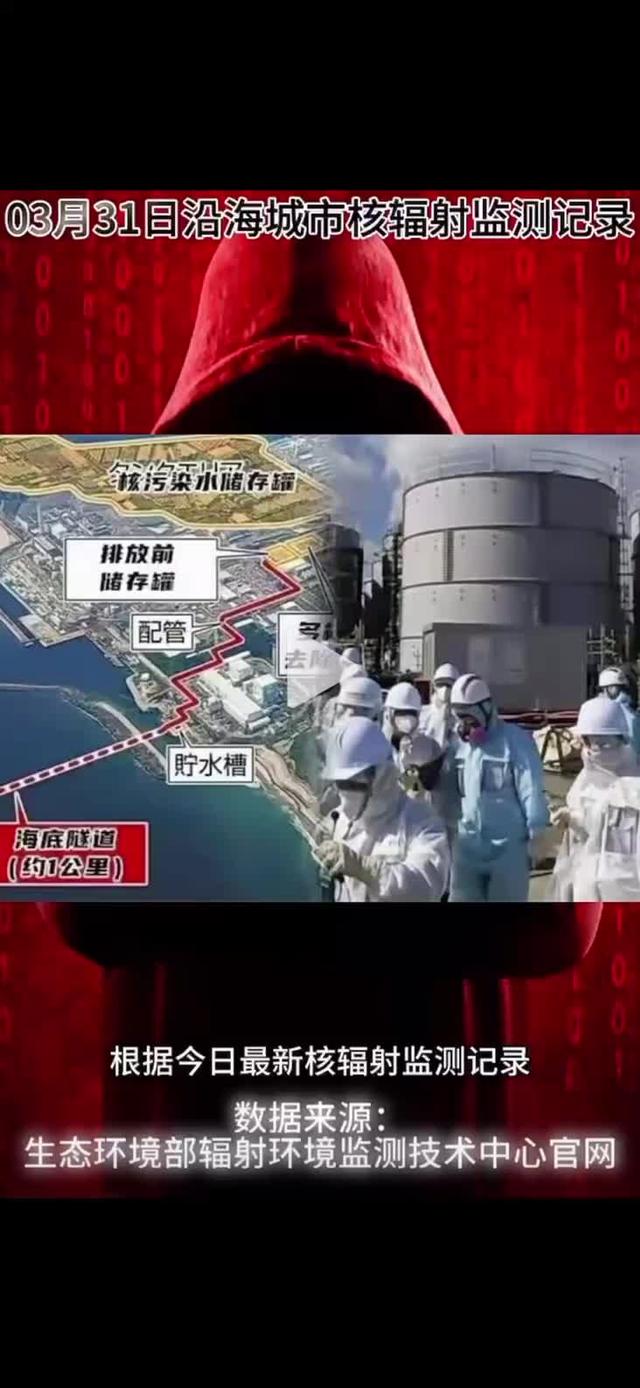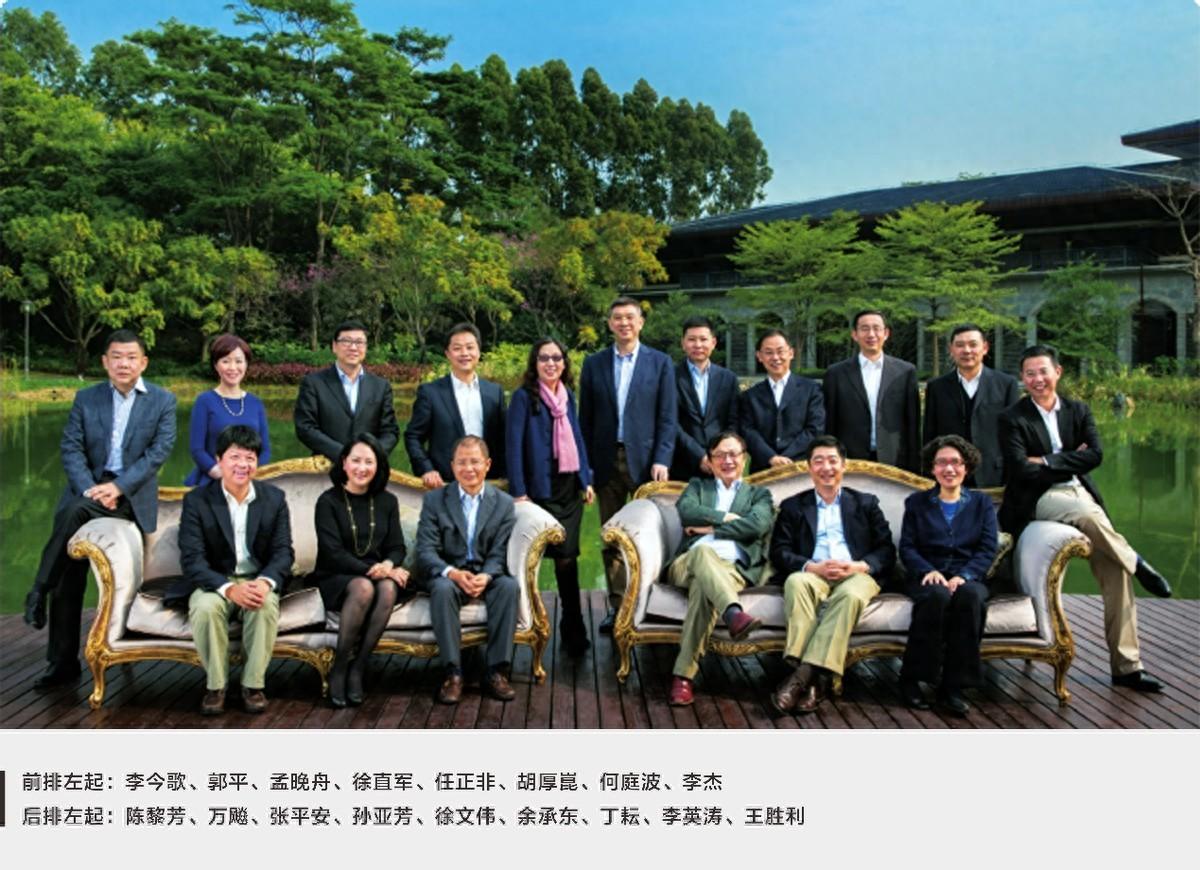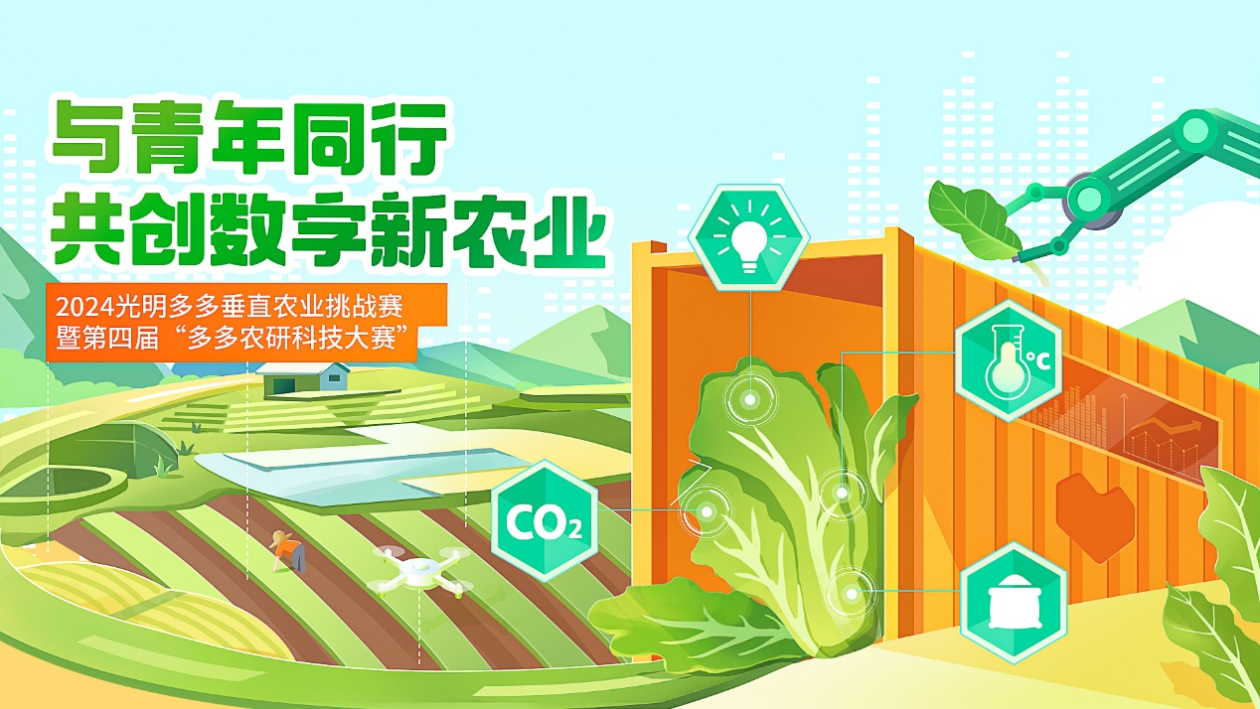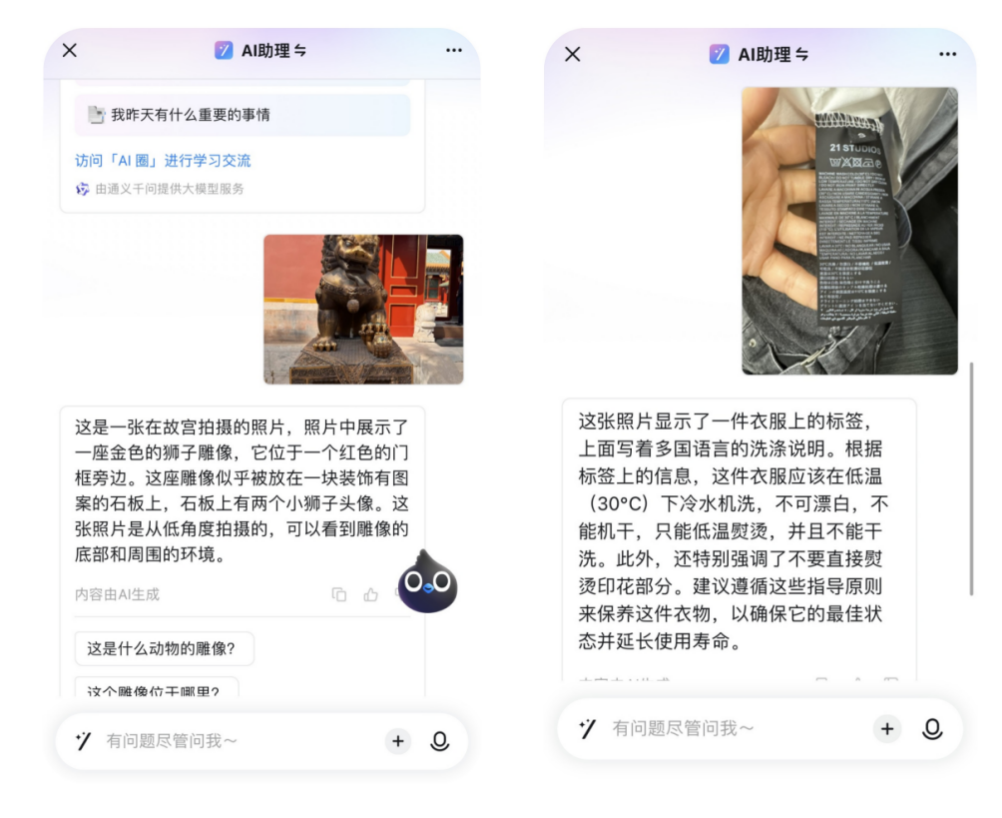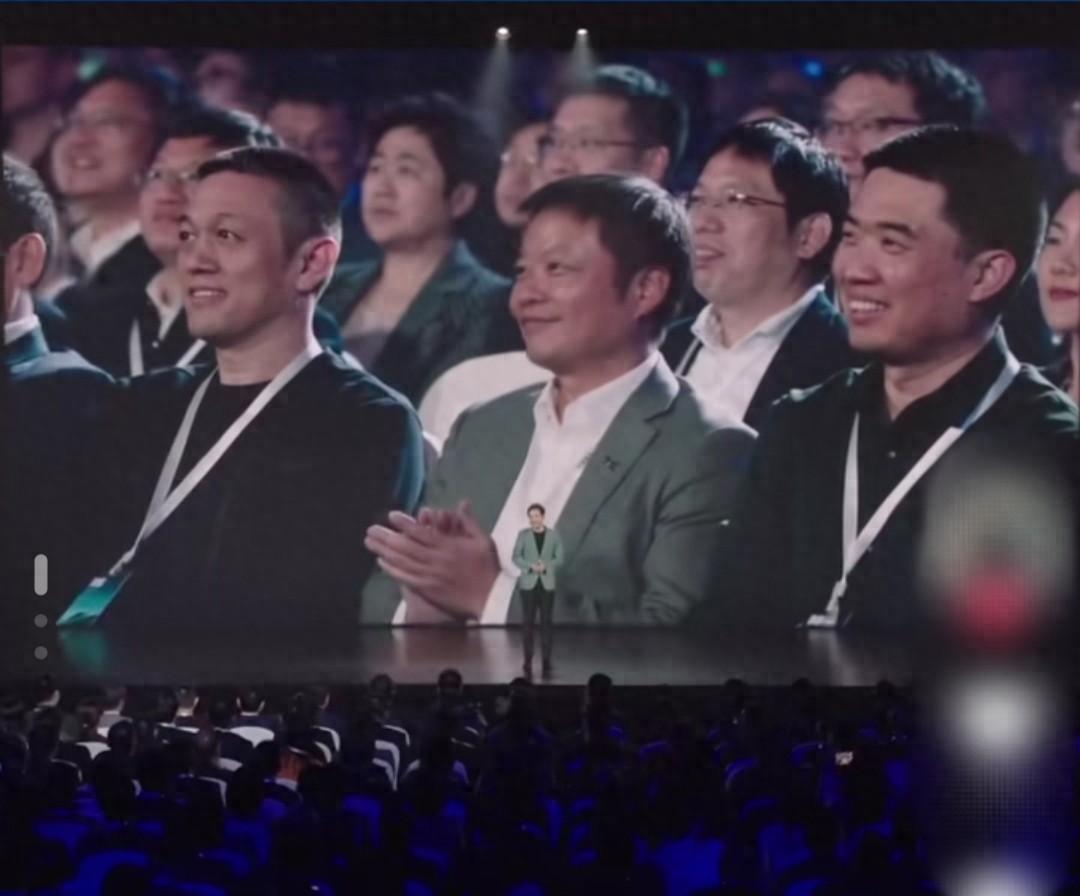Is it worth investing 51.6 billion yuan over decades to successfully open the Qinchuan River to the water diversion project from the Han River to the Wei River
The content of this article comes from the internet. If it does not match the actual situation or there is infringement, please contact to delete it
The content of this article comes from the internet. If it does not match the actual situation or there is infringement, please contact to delete it. This article only debuted on today's headlines, please do not move it.
The Han River Diversion Project to the Wei River: A magnificent feat of digging through the Qinling Mountains

On July 16, 2023, China's major water conservancy project - the Han River to Wei River Diversion Project - successfully achieved initial water supply. This magnificent project, which lasted for more than ten years, marked another huge victory in China's water conservancy industry. This project, which costs over 50 billion yuan, involves a series of major projects such as digging through the Qinling Mountains, constructing tunnels, diverting water from the Yellow River, and regulating water resources. However, are these huge investments and arduous tasks worth it?

Qinling Mountains: Natural Barriers and Precious Resources

The Qinling Mountains, the boundary between the northern and southern regions of China, extend more than 1600 kilometers from east to west. To the north is the Wei River Valley and to the south is the Hanzhong Valley. The geographical environment of the Qinling Mountains is extremely complex, and it is a rare and continuous mountain range in China, possessing both mysterious and sacred beauty. However, the geographical barriers here have also become the first challenge faced by the Han to Wei River Diversion Project.

The Qinling Mountains region is one of the most important ecological protected areas in China, with abundant natural resources and rare wildlife. Engineering construction inevitably has adverse impacts on the ecological environment, therefore, preliminary survey work is crucial. The chief designer, Li Lingyun, has rich survey experience. He led the team to go deep into the Qinling Mountains multiple times and conducted a lot of preliminary survey work to reasonably select the tunnel location and minimize the impact on the environment. These survey works are not only conducive to the efficient implementation of the project, but also help to solve the practical problems of local residents.

Digging through the Qinling Mountains: The Peak Challenge of Engineering

The Qinling Tunnel project is the most challenging part of the Han to Wei River Diversion Project, with a total length of 98.3 kilometers. It crosses the Qinling Mountains and becomes the first feat in human history to cross the Qinling Mountains from the bottom. However, the geological conditions of the Qinling Mountains make digging through them a serious challenge.

During the excavation process, engineering personnel face multiple challenges. Firstly, the underground depth can reach up to 2012 meters, and the construction difficulty of tunnel adits is rare in the world. Secondly, long-distance construction transportation is also a great challenge. In addition, the situation is complex due to high underground humidity and water inrush issues. In order to address these challenges, the engineering team adopted various technical means, including high-temperature heating, shield tunneling machines, etc. However, even the most advanced technology is particularly challenging when faced with hard rocks in the Qinling Mountains. The risk of rock burst during the excavation process constantly threatens the lives of engineering personnel and the safety of equipment.

Li Lingzhi: Resilient Chief Engineer

The chief designer of the project, Li Lingzhi, has rich experience in surveying and engineering, and is the backbone of the Han to Wei River Diversion Project. He has visited the Qinling Mountains multiple times to coordinate and solve the transportation and power supply problems for local residents, reflecting the balance between engineering construction and social livelihood.

However, during the implementation of the project, Li Lingzhi also put in a lot of effort. He suffered from multiple heatstrokes and cervical compression, but he persisted in his work and made tremendous efforts to ensure the smooth progress of the project. Under his leadership, the team completed a large amount of preliminary survey and special design work, ensuring the efficient progress of the project.

The Significance of the Han River Diversion Project to the Wei River

The Han River to Wei River Diversion Project connects the three important rivers of Han River, Yellow River, and Wei River, achieving the rational allocation and utilization of water resources. The biggest beneficiaries of this project are cities and counties in the Guanzhong region, especially the provincial capital city of Xi'an. Xi'an, once plagued by water scarcity, quickly solved the water supply problem after the completion of the project, and the urban economy rapidly rose.

In addition to solving the problem of urban water supply, the Water Diversion Project from Han to Wei also provides water sources for millions of acres of farmland, benefiting tens of millions of people. In addition, the project also helps to reduce geological disasters caused by overexploitation of groundwater, restore the ecology of the Wei River, and maintain the ecological balance around the Qinling Mountains.

epilogue

The Han to Wei River Diversion Project is a landmark water conservancy project that overcomes geographical barriers, technical difficulties, and ecological protection challenges. It provides solid support for urban water supply, farmland irrigation, and ecological environment protection in the Guanzhong region, promoting social and economic development.

Behind this project is a group of brave and resilient engineering personnel, who have forged this magnificent feat with their sweat and wisdom. As the chief designer of the project, Li Lingzhi, said, "Merit lies in the contemporary era, benefit lies in the Qianqiu period, the Central Plains of China, and benefit the Three Qins." The Han to Wei River Diversion Project is a great project and also a project that benefits the people, which deserves our admiration and respect.

The above content and information are all sourced from the internet. The author of this article has no intention of targeting or alluding to any real country, regime, organization, race, or individual. The relevant data and theoretical research are based on online materials. The above content does not mean that the author agrees with the laws, rules, opinions, behaviors, and is responsible for the authenticity of the relevant information in the article. The author of this article is not responsible for any issues arising from the above or related matters, nor assumes any direct or indirect legal responsibility.
Disclaimer: The content of this article is sourced from the internet. The copyright of the text, images, and other materials belongs to the original author. The platform reprints the materials for the purpose of conveying more information. The content of the article is for reference and learning only, and should not be used for commercial purposes. If it infringes on your legitimate rights and interests, please contact us promptly and we will handle it as soon as possible! We respect copyright and are committed to protecting it. Thank you for sharing.(Email:[email protected])
